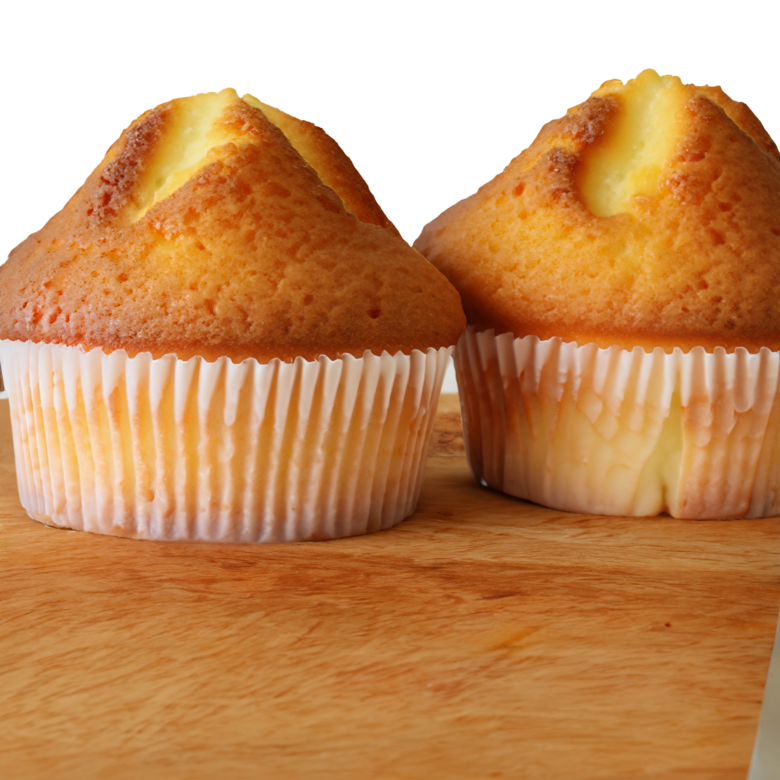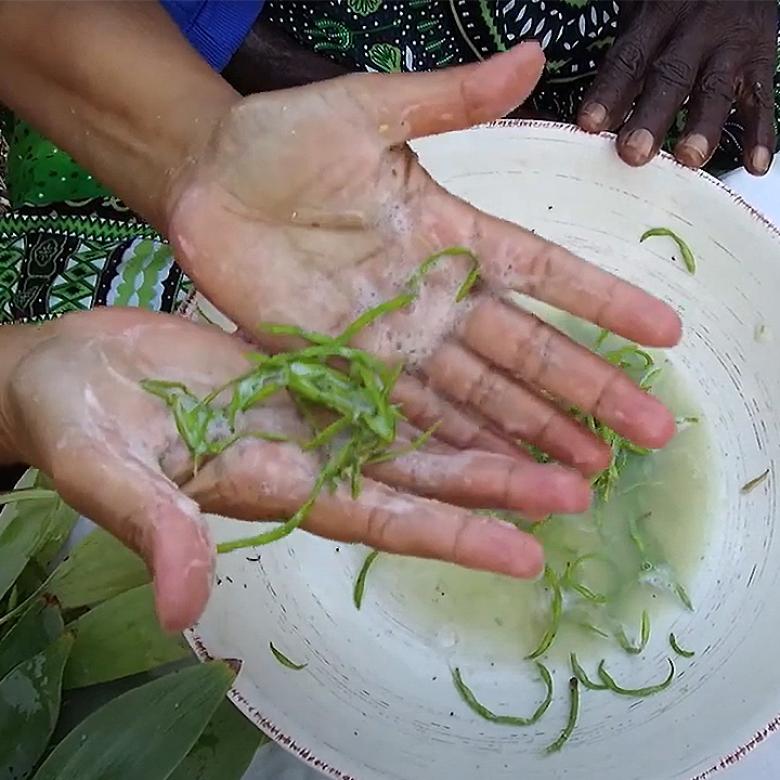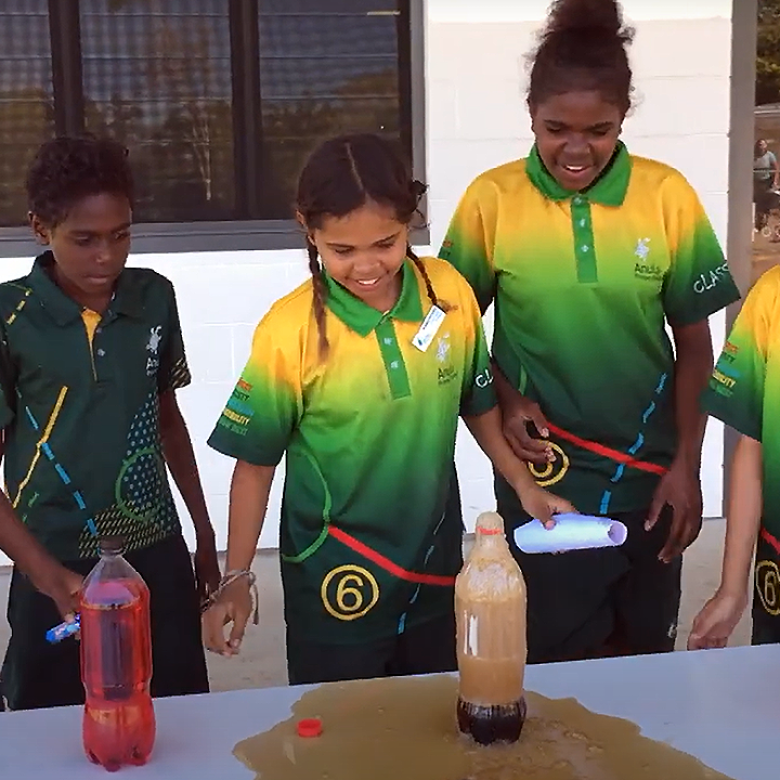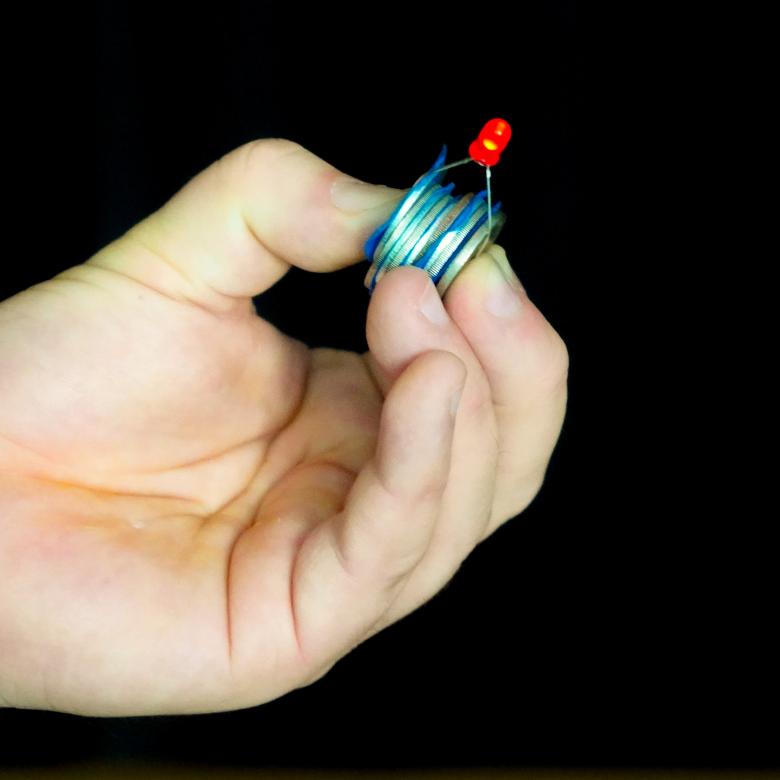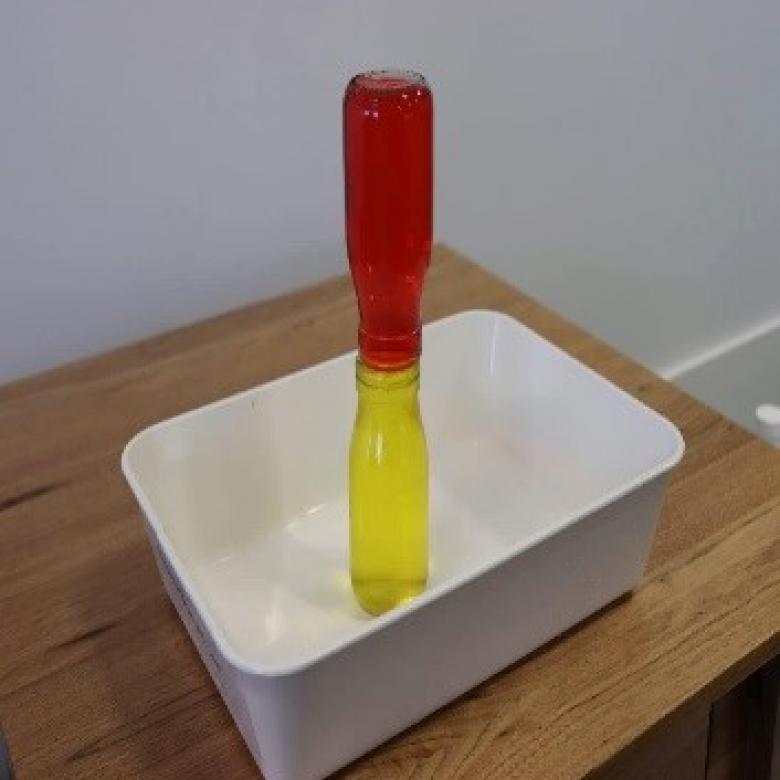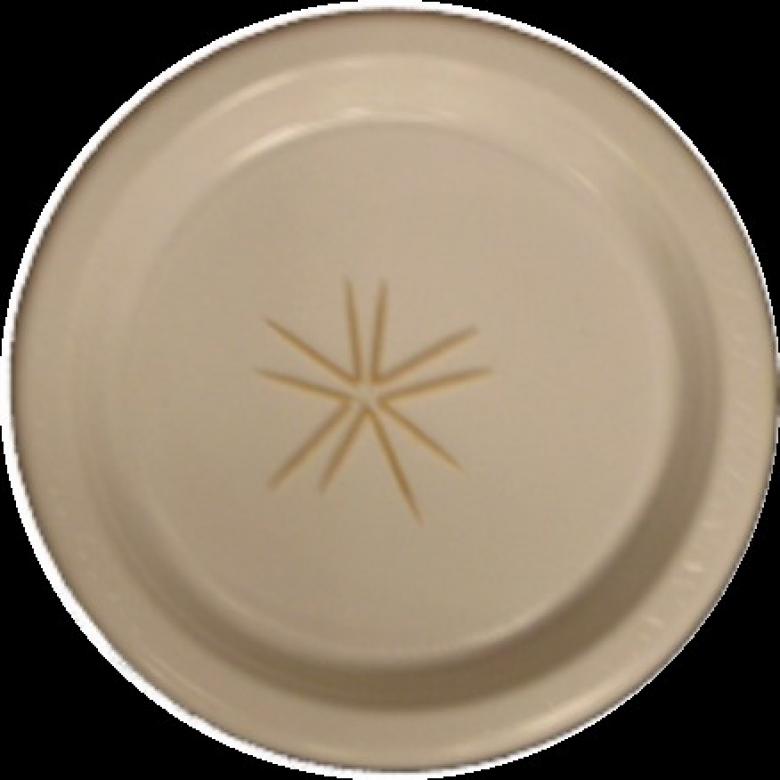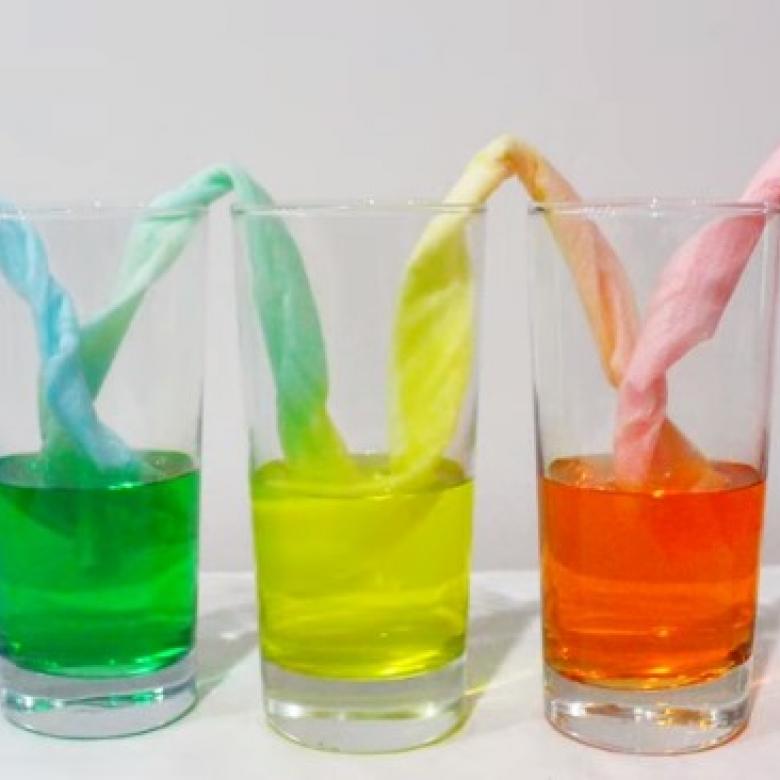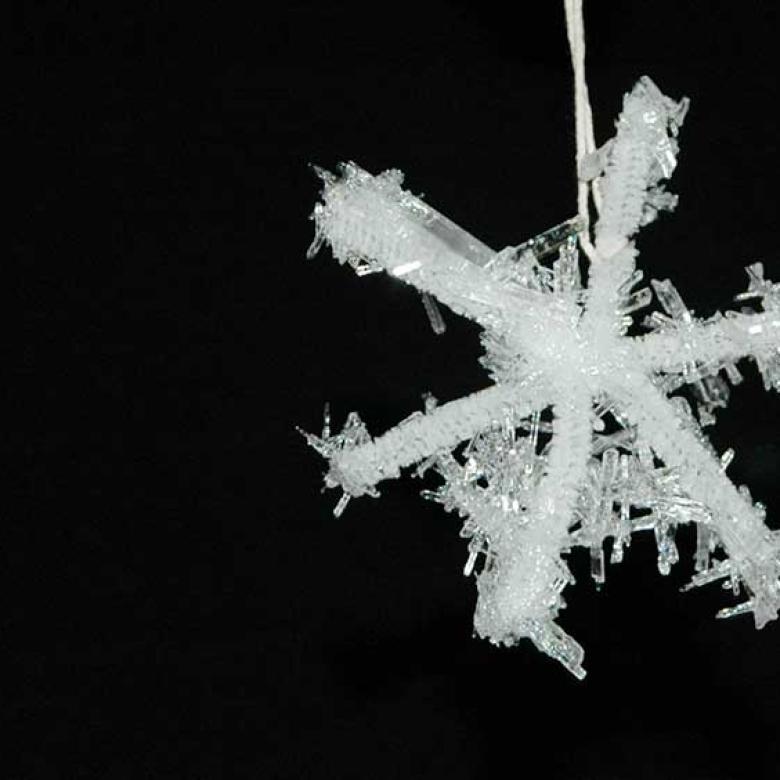You’ll need
- Enough ingredients for 3 sets of your favourite cake recipe. This activity will work with any recipe that requires lots of butter and involves the creaming process.
- Mixing bowls
- Cake pans
- Fridge
- Microwave
- Oven
What to do
- Leave some of the butter (an aliquot) in the fridge.
- Allow an aliquot of butter to warm to room temperature, as per the recipe.
- Heat an aliquot of butter in the microwave, so that it is just melted.
- Make the recipe 3 times, each time using butter at a different temperature. Make sure you keep track of which cake is which!
- Bake and cool your cakes.
Questions to ask
Which temperature of butter produced the best result? Which cake rose the most?
Repeat the same experiment with a different recipe. Does it have the same results?
Does temperature have the same effect on margarine? How about vegetable oil?
Once you've answered these questions, don’t forget to eat your experiments!
What's happening
Cakes are a mixture of ingredients that cause the batter to rise or fall. When you cream the butter and sugar (or margarine and sugar), it mixes the ingredients, but also traps air into the mixture.
Butter at room temperature makes the air pockets in the batter larger. Air is a good insulator. These air pockets slow the cooking process so that the butter doesn’t melt too quickly while baking, which would cause the cake to become flat. If the butter is too cold, it is difficult to mix and you can’t make air pockets. If it is too hot or melted (or if you use vegetable oil), the mixture will be too soft to trap air. Room temperature butter is the best for baking!
Did you know
All this cooking might have you wondering about butter. Butter is made from the cream that settles on the top of cows milk. Beating the cream separates the fat molecules out of the mixture to create butter.
We can make butter from any animal that produce milk. The first butters were made from sheep or goat milk. We can also make butter from the milk of yaks, buffalo and, of course, cows.

